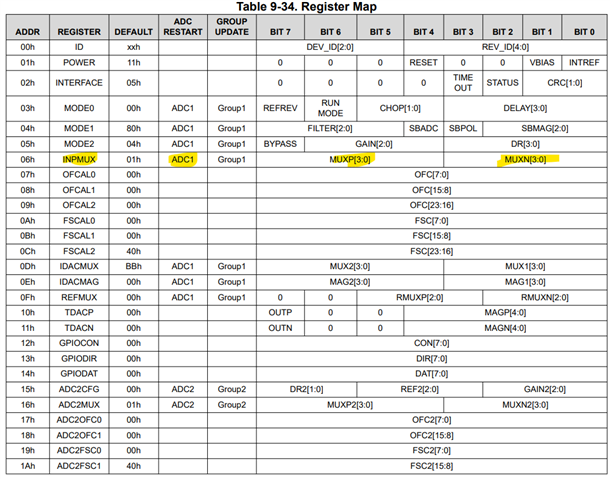Tool/software:
Hello,
I am using the ADS1263 with a Teensy 4.1 microcontroller in differential mode.
My application requires me to switch between three different channels (AIN0, AIN1, AIN2) to acquire a single sample from each channel sequentially. My current configuration is:
-
Data Rate: 7200 SPS
-
Filter: SINC4
According to Table 9-13 of the datasheet, the first conversion latency for this configuration is 0.980 ms. To account for this, I have implemented a short delay after each channel switch. However, I am encountering an issue where only the first channel (AIN0) provides a correct reading. The subsequent channels (AIN1 and AIN2) appear to contain residual data or "garbage values" from the previous channel, suggesting that the digital filter is not fully settling before the next conversion is read.
I have already tried using a delayMicroseconds() call to ensure the required settling time, but the issue persists.
Could you please advise on the recommended method for high-speed, sequential channel switching to ensure data integrity for all channels? Is there a more robust approach than using a simple delay?
Thank you for your assistance.
Sincerely,
Sania



